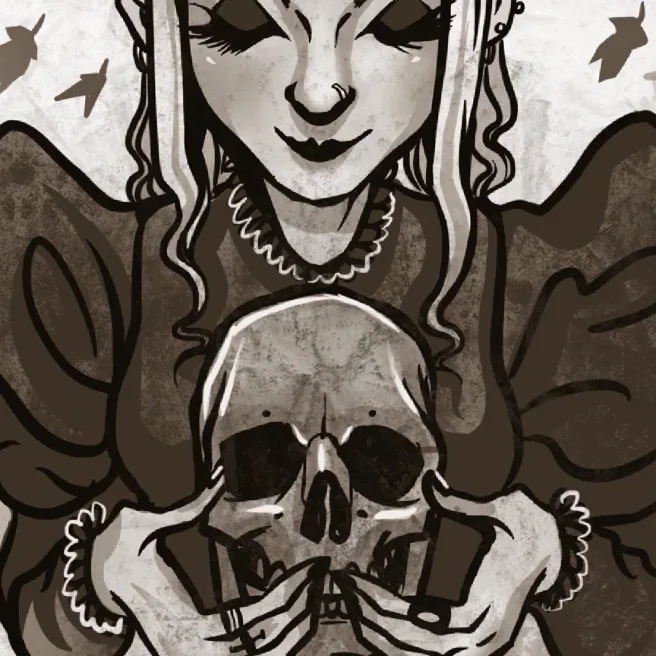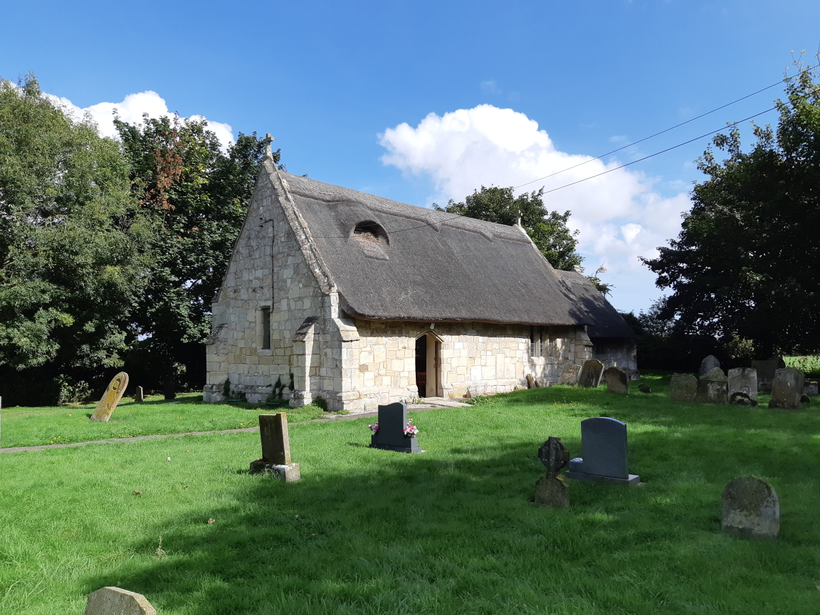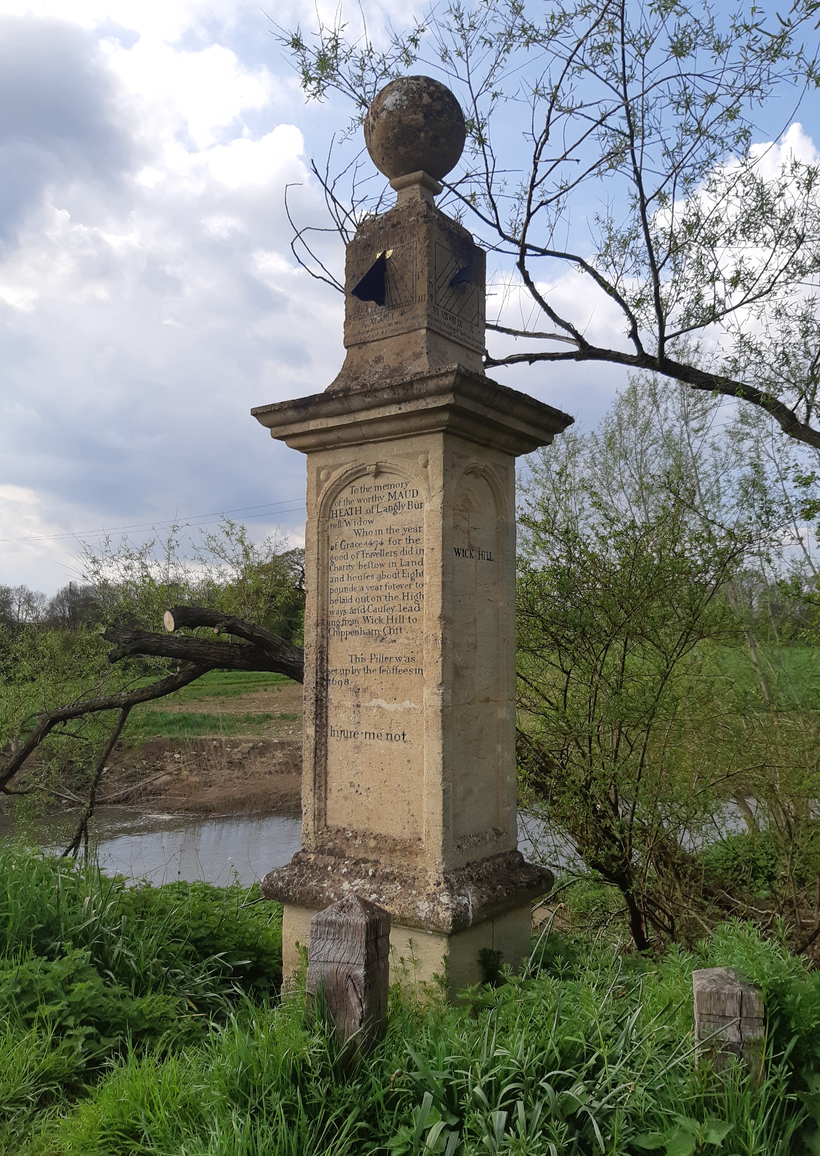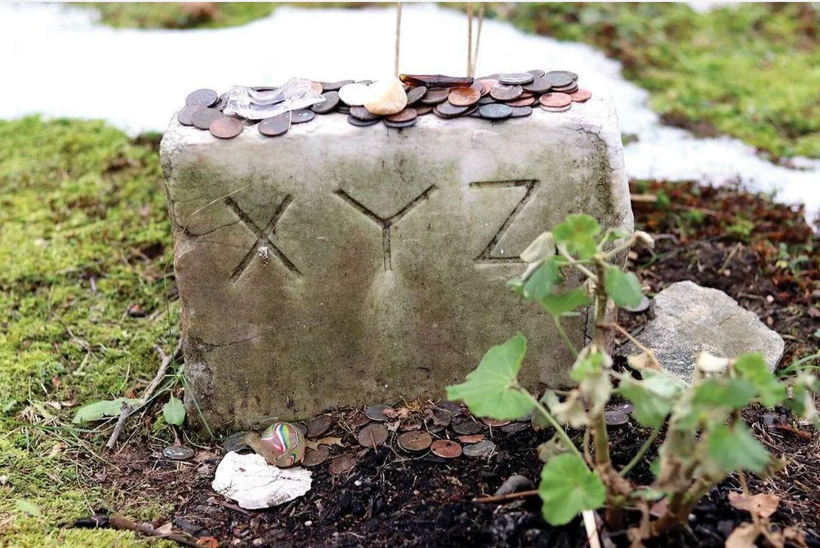Birmingham Cathedral, better known to locals as ‘Pigeon Park’, is a modest building, hemmed in by the shadow of skyscrapers and the ever-changing city skyline. Flanked by pubs and fashionable wine bars, the dinky cathedral and a handful of sporadically placed headstones seem rather inconsequential. The grounds are busy, with commuters, teenagers and a large homeless population using its paths as a thoroughfare and its flat-topped tombs as tables. There are bus stops at each corner, benches filled with tired shoppers, and in 2017, hundreds of Brummies gathered to sing a rendition of Toto’s ‘Africa’ and raise money for charity (but mainly just to have a laugh). The space, St Philips Square, is ingrained in day-to-day Birmingham life. The building and headstones seem to be of little interest to most visitors, but should you take a break from your canned cocktails, the most amazing lives are revealed.

Standing alone, a tiny, lichen-covered headstone commemorates the life of ‘Nannetta Stoker.’ While the carving is faint, the following inscription can be deciphered:
“In Memory of
Nanetta Stocker
who departed this Life
May 4th 1810
Aged 39 Years
The smallest Woman ever in
this Kingdom pofsefsed
with every accomplifhment
only 33 Inches high
a native of Austria.”
Nanette (incorrectly recorded as ‘Nanetta’ on her stone) is a forgotten music hall star who died with a huge following. Nanette was a musician, a dancer and a truly fascinating woman. Born in Austria in 1797, her physicality meant that she was forced (or ‘encouraged’, depending on the source) into show business at a young age.

As I’m sure we are all aware, the only way for many people such as Nanette to make a living wage in their society was to exhibit themselves. After teaming up with German-born John Hauptman (who stood at 3ft 6inches high), the two extensively toured together, Nanette playing the pianoforte, John, the violin. They would also waltz together, which proved incredibly popular to 19th century audiences. In Birmingham alone, Nanette was the headline act at the annual Onion Fair carnival in Aston; a huge event, at which she triumphed.
Nanette is said to have enjoyed sewing and needlework and was ‘engaging and personable’. She was also of remarkably strong character. Her touring partner, Hauptman, proposed to Stocker, but was rejected ‘for reasons known only to herself.’ She died on May 4th 1819 aged only 39 – she was performing in Birmingham at the time, and as such was buried in the Cathedral grounds. With her travelling lifestyle, it makes one wonder if she ever truly felt settled in her lifetime.

Although relatively little is known about Nanette’s life outside of her performances, every time I’m able to pop by and say hello, I do so with a smile. As cliché as it sounds, her life was a true triumph over adversity, and her strong character and class should be duly recognised for as long as Birmingham stands.
***
Liked this post? Then why not join the Patreon clubhouse? From as little as £1 a month, you’ll get access to four brand new posts every week (articles, pictures, videos, audio) and full access to all content before that! Loads of exclusive stuff goes on Patreon, never to be seen on the main site. Pop on over, support my work, have a chat and let me show you my skulls…
www.patreon.com/burialsandbeyond
***








Leave a comment